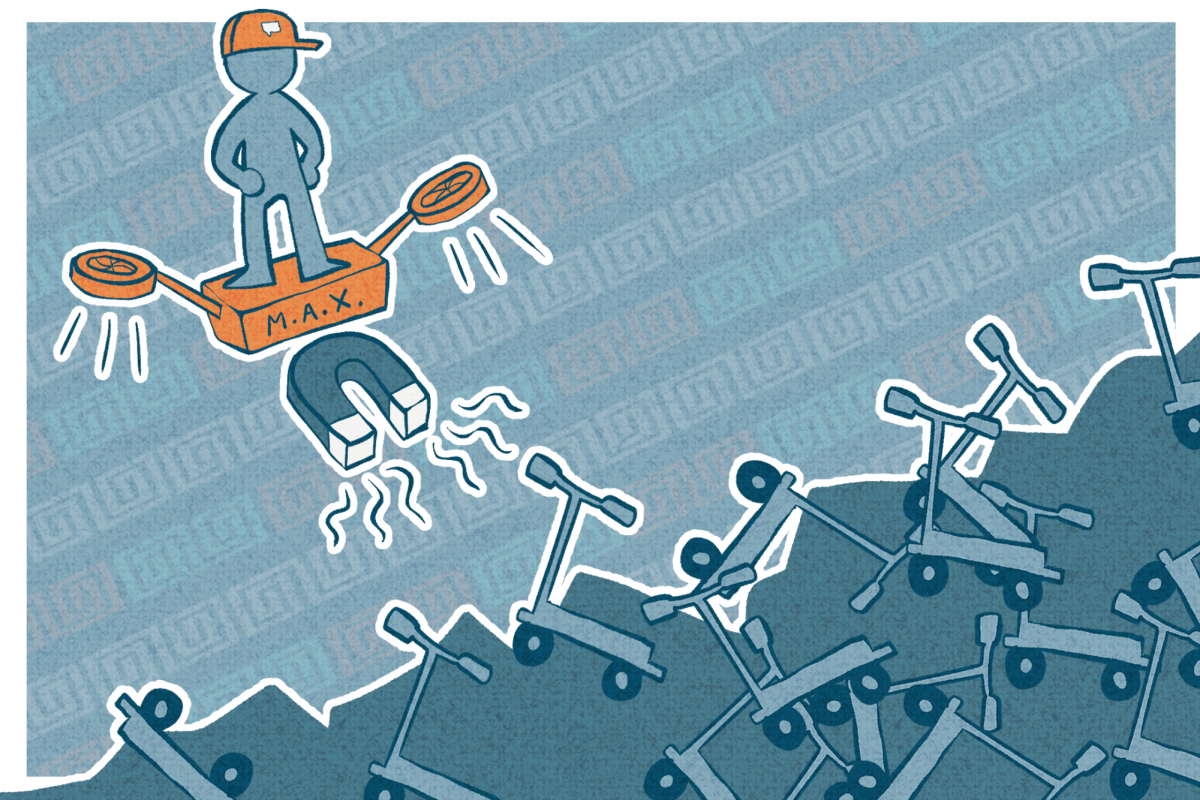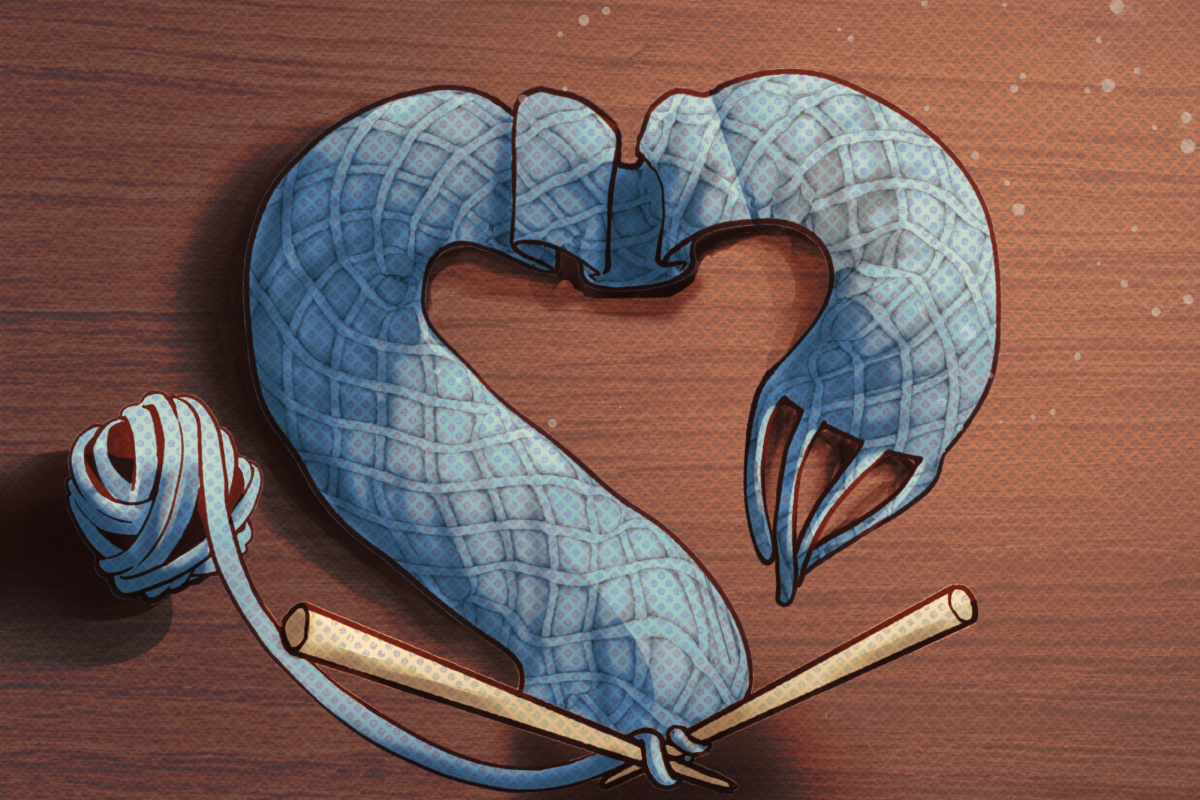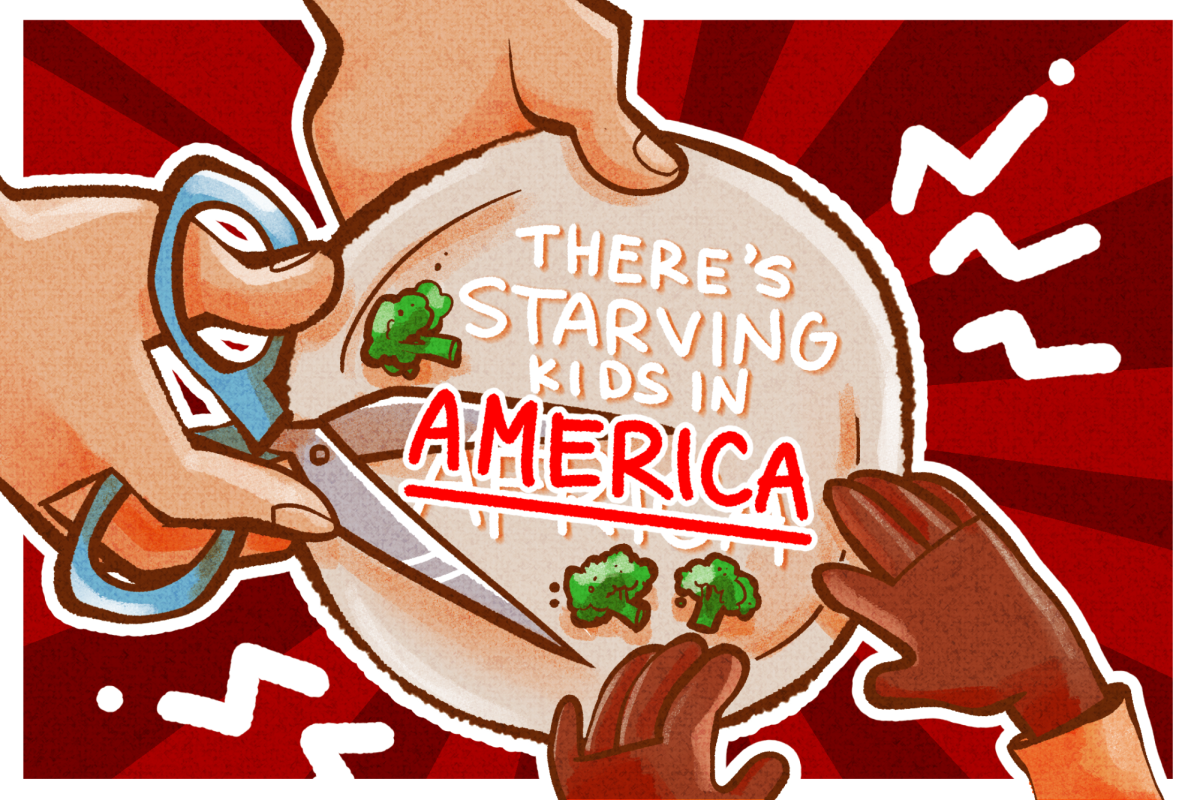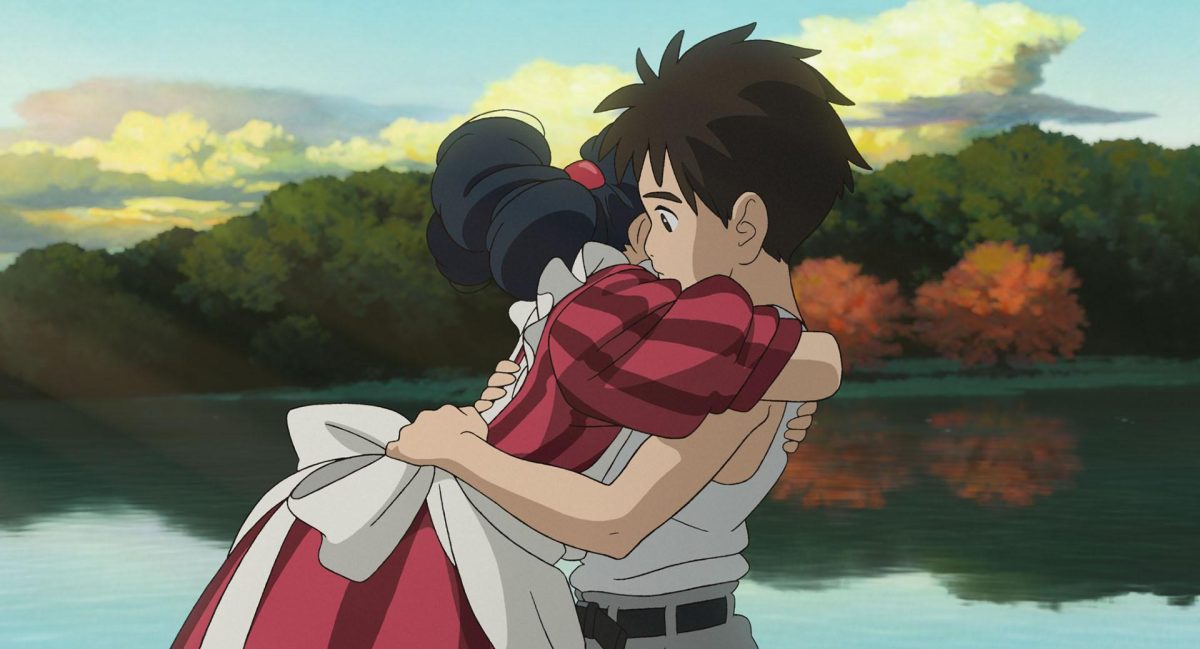This year has been surprisingly great for movies. The film industry has bounced back after the COVID-19 pandemic dealt a terrible blow to cinema, with the Barbenheimer phenomenon finally getting people back into the theaters again.
“Barbie” and “Oppenheimer” aren’t the only nonfranchise films to be massive hits. Indie movies like “The Creator” and adaptations like “The Super Mario Bros. Movie” were all positively received critically if not financially. However, one glaring absence in the recent string of successes has been blockbusters spearheaded by studios like Disney.
Not so long ago, films made by Disney and its subsidiaries Lucasfilm, Marvel and Pixar used to be highly anticipated events and compulsory viewing for all fans. It would have been impossible to even imagine the once-beloved company actually losing money at the box office. This issue isn’t solely limited to Disney productions, with other popular franchises like “The Terminator,” “Jurassic Park” and “The Matrix” fumbling their most recent releases.
The new live-action remakes of classic Disney movies like “The Lion King” and “Peter Pan” also lack the creativity and charm that made these stories timeless. These flops all seem to boil down to studios failing to understand what made the older films special in the first place.
Films are at their peak when they are made with passion by a director with vision and a very specific story to tell. Quintessential examples are the original six “Star Wars” movies and the first three “Indiana Jones” movies. These films were works of art, made by filmmakers who loved their craft. In contrast, modern releases of these cherished franchises seem more like obligatory content, desperate to milk more money out of classic stories that ended nearly 20 years ago.
Get The Daily Illini in your inbox!
Newer films are also terrified of taking risks. Reusing old characters and old storylines might seem like a safe bet that’s guaranteed to be a hit among the audience, but there’s also the danger of failing to do legacy characters justice, or worse, tearing down their achievements.
Disney’s “Star Wars” sequels are most egregiously guilty of this. Sure, seeing a band of rebels fighting a tyrannical government might get the nostalgia flowing. But if you look beneath the surface, you realize that the Galactic Empire never really fell, the Jedi Order was never really restored and the Sith were never even gone in the first place.
Even before the title crawl had ended, the accomplishments of pop culture icons like Luke Skywalker, Han Solo, Princess Leia and Anakin Skywalker were all demolished, only to be handed over to a newer cast of characters who did little to earn any of it.
The “Star Wars” shows on Disney+ seem equally hell-bent on destroying fan favorites while doing all they can to leech off their popularity. “The Mandalorian” managed to quite cleverly skirt around this issue in the beginning. It featured lead characters that looked and felt familiar to what had come before in the “Star Wars” universe, thus escaping the need for creativity in making new character concepts or designs, while simultaneously being free of having to live up to existing heroes’ legacies.
The illusion, however, was broken with the release of “Obi-Wan Kenobi” and “The Book of Boba Fett,” whose plots were driven by dragging down their titular characters.
Even the vibrant, diverse and original creations of the Star Wars Expanded Universe are not safe from being exploited. The newest “Star Wars” Disney+ release “Ahsoka” is little more than a poorly made rehash of the acclaimed “Heir to the Empire” trilogy by Timothy Zahn, swapping the original cast of Han, Luke and Leia with cheaper, less interesting replacements.
Considering that Disney decanonized the Expanded Universe to give their writers more creative freedom across 25,000 years worth of lore in the “Star Wars” universe, it’s ironic that almost everything they’ve made since “Star Wars” creator George Lucas left the franchise are inferior copies of far better works.
Empty fan service also drags down the quality of these productions. It’s especially harmful because it can trick you into thinking that the bad writing in these films and shows is actually good. For instance, plot devices like the multiverse and time travel serve as convenient excuses for cameos, fan service and begging viewers to watch other media to fully understand the plot.
However, occasional gems like the “Spider-Man: Into the Spider-Verse” movies or the new “Star Wars” show “Andor” are proof that franchise installations that stand alone and are divorced from the main films can make for great stories. They exemplify genuinely good writing that uses familiar tropes and fan service in a way that furthers their stories and respects what came before them. Productions not connected to any franchise at all leave even greater room for imaginative and innovative ideas, free of the constraints of an already established universe.
Works like these serve as a reminder of what things used to be like when filmmakers had passion and all we’re missing out on today.
With corporation-owned franchises slowly dying, the time is right for independent movies to make a comeback and flourish — provided audiences are willing to support and watch them.
Ayushi is a sophomore in Engineering.











